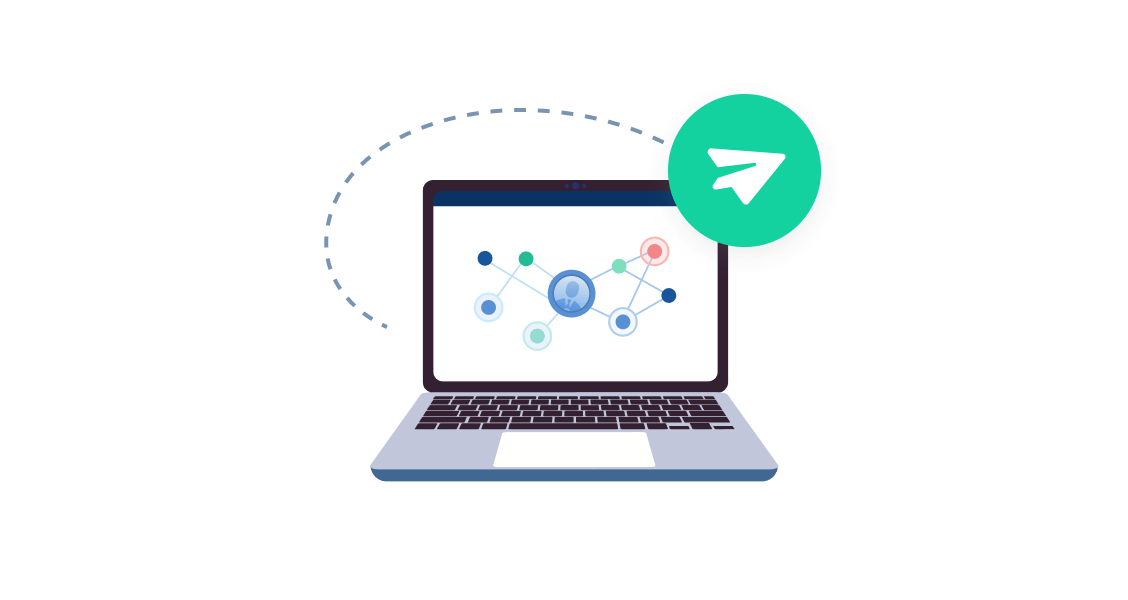This is sage advice is written by our Executive Chair of our Board of Directors, Lindsey Armstrong.

LINDSEY ARMSTRONG
Executive Chair of the Board, SalesHood
Now that the WFH hashtag has trended and we’re saturated with advice about not wearing PJ’s all day and treating home like the office, let’s look at this from the perspective of leadership.
How do we lead from home in an environment where most of us are used to leading by interacting face to face with our teams on a daily basis?
Our teams rely on us to guide them in a fluid and febrile environment. Our role is to lead them through it and out the other side, empathise but not sympathise, and above all do our very best to ensure they all have jobs to come back to by keeping our own company’s economy as healthy as we can.
I’ve led teams and companies through several economic downturns and many seismic events, and here are three things I’ve relied on to get my team on solid ground.
1. Emphasise What Has NOT Changed
Our instinct is almost always to lead with what is different.
Resist.
Let’s first reassure and build confidence by grounding our people in what is the same, familiar.
Setting up familiar routines (albeit in new ways) will help enormously. If you usually do a daily stand up, keep it going on a Zoom meeting.
If your habit is to have an open door policy for an hour every morning, replicate it in a Google hangout.
Re–create the familiar rhythms and routines of your team as much as possible.
Above all, emphasize that the team mission, values, and culture endure, whether you are all in one room together or in your individual homes.
2. Articulate What HAS Changed And How You Plan On Dealing With It
‘Everything is different…’
‘We are in uncharted waters…’
‘No one knows how this will play out….’
Resist.
All the above may be true statements, but they are not helpful to your teams.
Those are conversations to have with your peers, not your teams.
Your people are afraid.
They fear…
…they or their family may contract this virus,
…they may lose their job if conditions get much worse,
…they won’t be able to pay their bills or provide for their families.
All that on top of their usual job and personal stress.
First, keep and increase your usual 1:1 and skip–level motions – now is the time to listen and really hear the text and subtext of what is going on.
Empathise.
Identify specific actions to help alleviate fear, and act consistently on it where you can.
Don’t micro-manage because you can’t see them – you couldn’t see them in the office anyway, so why behave differently!
Do not patronise them … ‘things will be fine…’ does not alleviate fear.
Be specific…. ‘this is what we are going to do, today, to move the ball down the field to solve customer XXX problem….’ This instils confidence.
Be flexible – work around their home schooling constraints; adjust to accommodate their needs vs having them adjust to yours.
Always return focus to what they CAN control (a lot) vs what they can’t. Feeling more in control of your own destiny is hugely empowering.
3. Fight Like Hell For Your Customers
Our lifeblood in SaaS has always been customer retention – and never more so than right now.
Some of our customers are really hurting right now. It has never been more important to listen to the news our employees bring us from the front line, and act on their advice.
As the economy becomes more difficult, companies seek to centralise, to retrench power back to HQ. It makes sense – that’s the least expensive way of doing business. CFO’s look for cost controls from that vantage point. COO’s seek greater control of discounting, or deal structures.
Resist.
Fight like hell to empower your front line as never before to act quickly to help customers. I’m not saying do dumb stuff which jeopardises your own company …. But trust in your frontline staff to make the decisions they need to make without the extra bureaucracy (AKA extra BS that always gets inserted into processes when centralised motions and general economic panic kick in). Believe me, THE FRONT LINE KNOWS WHAT TO DO AND HOW TO DO IT!
Customers have long memories.
Treat customers well now, and they will stay with you even when they have the choice to go to another vendor.
Chisel them now and you will never regain their trust or business.
Here are some ways we are communicating this at SalesHood and XANT as we learn how to LFH:
What’s the same?
All of us! We are the same team, just in different zip codes.
Our goals are the same – we are going to enable our customers and prospects to better manage and stay close to their customers and prospects, and we are going to help bring structure and visibility into that process whether they are in an office or at home.
We still have to do our jobs – now is a time to stay close to our customers and do what we can to contribute to their success.
We are still going to act with urgency and passion.
What’s Different?
No more walking over to someone to get something done or solved…. So we are going to have to be more structured in our asks, and more forgiving of our colleagues.
Customers are distracted – it’s not us, it’s what they are going through. So we are going to take the initiative, lead our customers, and be super flexible in how we do this. We are going to reduce “meetings for meetings’ sake.” We are going to cut to the chase. We are going lead when our customers don’t have the bandwidth to debate.
Most Importantly…
Nothing is more important than getting every single one of our customers through the next few months.



